The Larrivee guitar company is one of the newer, and better acoustic
guitar companies in North America, and the company is based out of
Canada. Jean Larrivee has been producing guitars in Canada since 1971,
that's a nice long time, and believe me, the expertise that comes with
that kind of experience is easy to spot with any Larrivee guitar that
you might see
Larrivee Acoustic Guitars.
The Larrivee guitar company is one of the newer, and better acoustic guitar companies in North America, and the company is based out of Canada. Jean Larrivee
has been producing guitars in Canada since 1971, that's a nice long
time, and believe me, the expertise that comes with that kind of
experience is easy to spot with any Larrivee guitar that you might see.
The Larrivee guitar company makes a large
number of models, and most of them feature the body shape, or design
that Jean Larrivee created, along with his own unique building
specifications, and bracing patterns. Another of the easily and
instantly recognizable characteristics of this brand of high quality
acoustic guitars is the predominance and beauty of the custom, and
unique abalone, or "mother of pearl" inlay that they often feature.
The Larrivee D 09 - the Larrivee Take On The Martin D 28 Guitar.
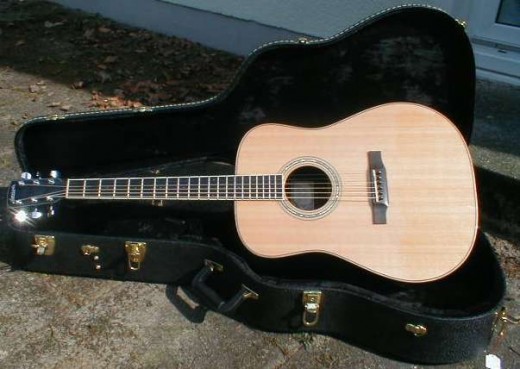
Source
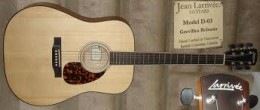
Source
SPOTLIGHT, the Larrivee D 03
Model D-03
$1,516.00
All solid wood construction, Single Piece Mahogany Neck, Canadian Sitka Spruce Sound Board & Bracing, African Ebony Fretboard & Bridge, Canadian Maple Body Binding, Sapele Back & Sides, Symmetrical Parabolic X-Bracing, Hand fit Dovetail Neck Joint, Rounded Larrivee Headstock, White Inlaid Larrivee Logo, Multi-Strip Inlaid Rosette, Ping Tuners w/ 18:1 Ratio, Ivoroid Fretboard Binding, Exclusive Beveled Tortis pickguard, Microdot Fretboard Markers, Limited Lifetime warranty.
$1,516.00
All solid wood construction, Single Piece Mahogany Neck, Canadian Sitka Spruce Sound Board & Bracing, African Ebony Fretboard & Bridge, Canadian Maple Body Binding, Sapele Back & Sides, Symmetrical Parabolic X-Bracing, Hand fit Dovetail Neck Joint, Rounded Larrivee Headstock, White Inlaid Larrivee Logo, Multi-Strip Inlaid Rosette, Ping Tuners w/ 18:1 Ratio, Ivoroid Fretboard Binding, Exclusive Beveled Tortis pickguard, Microdot Fretboard Markers, Limited Lifetime warranty.
Beautiful Larrivee Acoustics.
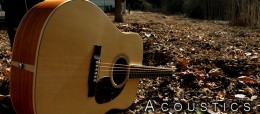
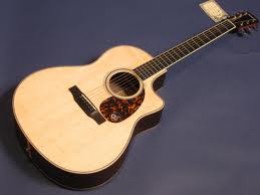
Source
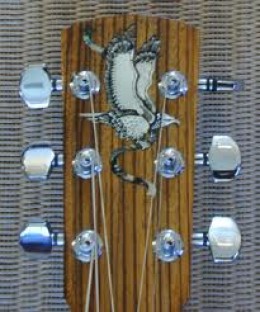
Source
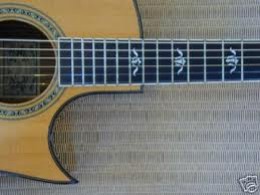
Source
About Sapele As A Tonewood.
When
Taylor first started making the 300s they used sapele and they
advertised them as "African mahogany" guitars. Then they switched to
calling them sapele as people became more educated and began to accept
this alternative wood. Later they changed to khaya and again they went
back to using a deceptive marketing name of "African mahogany" instead
of the real name of khaya. As has been stated, there are no such woods
as "African mahogany", "American mahogany", "Philippine mahogany" etc.
Those are just some made up marketing names some sellers, including
Taylor, use since many buyers have never heard of woods such as sapele,
khaya, lauan, meranti, etc. Sapele is sapele, khaya is khaya, rosewood
is rosewood, maple is maple, mahogany is mahogany, etc. You don't see
these same marketers advertising real mahogany as "American sapele" or
"American khaya". What some sellers market as "American mahogany" is
really just mahogany and it is the only real mahogany on the market
these days. If you want to give it a correct adjective it would be
"bigleaf mahogany" since the full botanical name is Swietenia
macrophylla and macrophylla means big leaf. It only grows in the western
hemisphere.
Okay, while I agree with everything said in the paragraph above, it's not my issue here to get into the specifics of tonewoods so far as their Genus and Species are concerned, What I do know and can tell you is that sapele is becoming a very common tonewood used for acoustic guitars, and that it is less expensive, but not "cheaper" than Mahogany. I've had my hands on some guitars with sapele back and sides, and it is a very, very good wood. It's obvious to me that it isn't mahogany, but that it does have some characteristics that make it very comparable to mahogany, and the fact that it is less expensive than mahogany makes the guitars made with this wood less expensive, but possibly equal to, and in some cases, superior to an acoustic guitar with solid mahogany back and sides.
I do not think that C.F. Martin and Co has jumped into the sapele tonewood fray, but it probably ought to, as fine acoustic guitar manufacturers, like Larrivee, and Taylor, are using sapele for the backs and sides of it's least expensive all solid wood construction guitars. Basically, the best bargains available in all solid wood construction acoustics these days are all going to be, generally, guitars with sapele backs and sides.
I've played with them in music stores. I LIKE them, and I can honestly testify that these guitars are every bit as good as acoustics with solid mahogany backs and sides. As always, it's important to know that no two guitars are ever equal, they are all individual and unique works of art. What I might find to be the most perfect guitar in the universe may well be one that you find to have a horrible sound and to be almost completely undesirable. I tend to think of luthiers as being something akin to a sculptor in a way.
Okay, while I agree with everything said in the paragraph above, it's not my issue here to get into the specifics of tonewoods so far as their Genus and Species are concerned, What I do know and can tell you is that sapele is becoming a very common tonewood used for acoustic guitars, and that it is less expensive, but not "cheaper" than Mahogany. I've had my hands on some guitars with sapele back and sides, and it is a very, very good wood. It's obvious to me that it isn't mahogany, but that it does have some characteristics that make it very comparable to mahogany, and the fact that it is less expensive than mahogany makes the guitars made with this wood less expensive, but possibly equal to, and in some cases, superior to an acoustic guitar with solid mahogany back and sides.
I do not think that C.F. Martin and Co has jumped into the sapele tonewood fray, but it probably ought to, as fine acoustic guitar manufacturers, like Larrivee, and Taylor, are using sapele for the backs and sides of it's least expensive all solid wood construction guitars. Basically, the best bargains available in all solid wood construction acoustics these days are all going to be, generally, guitars with sapele backs and sides.
I've played with them in music stores. I LIKE them, and I can honestly testify that these guitars are every bit as good as acoustics with solid mahogany backs and sides. As always, it's important to know that no two guitars are ever equal, they are all individual and unique works of art. What I might find to be the most perfect guitar in the universe may well be one that you find to have a horrible sound and to be almost completely undesirable. I tend to think of luthiers as being something akin to a sculptor in a way.


 11:40 PM
11:40 PM
 Wesman Todd Shaw
Wesman Todd Shaw

0 comments:
Post a Comment